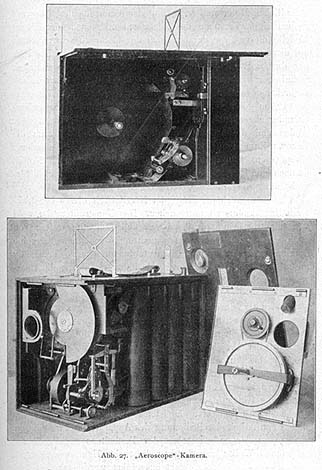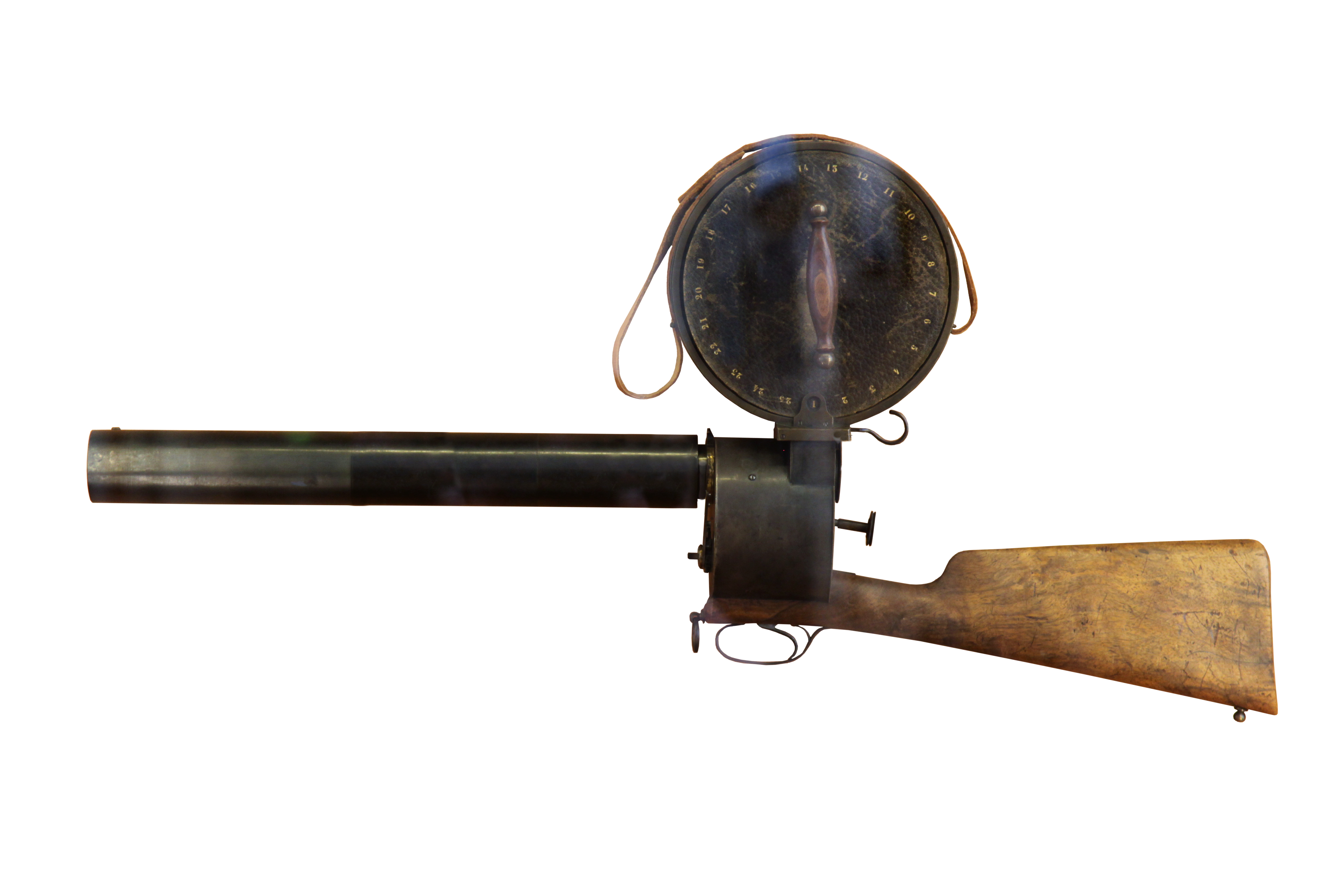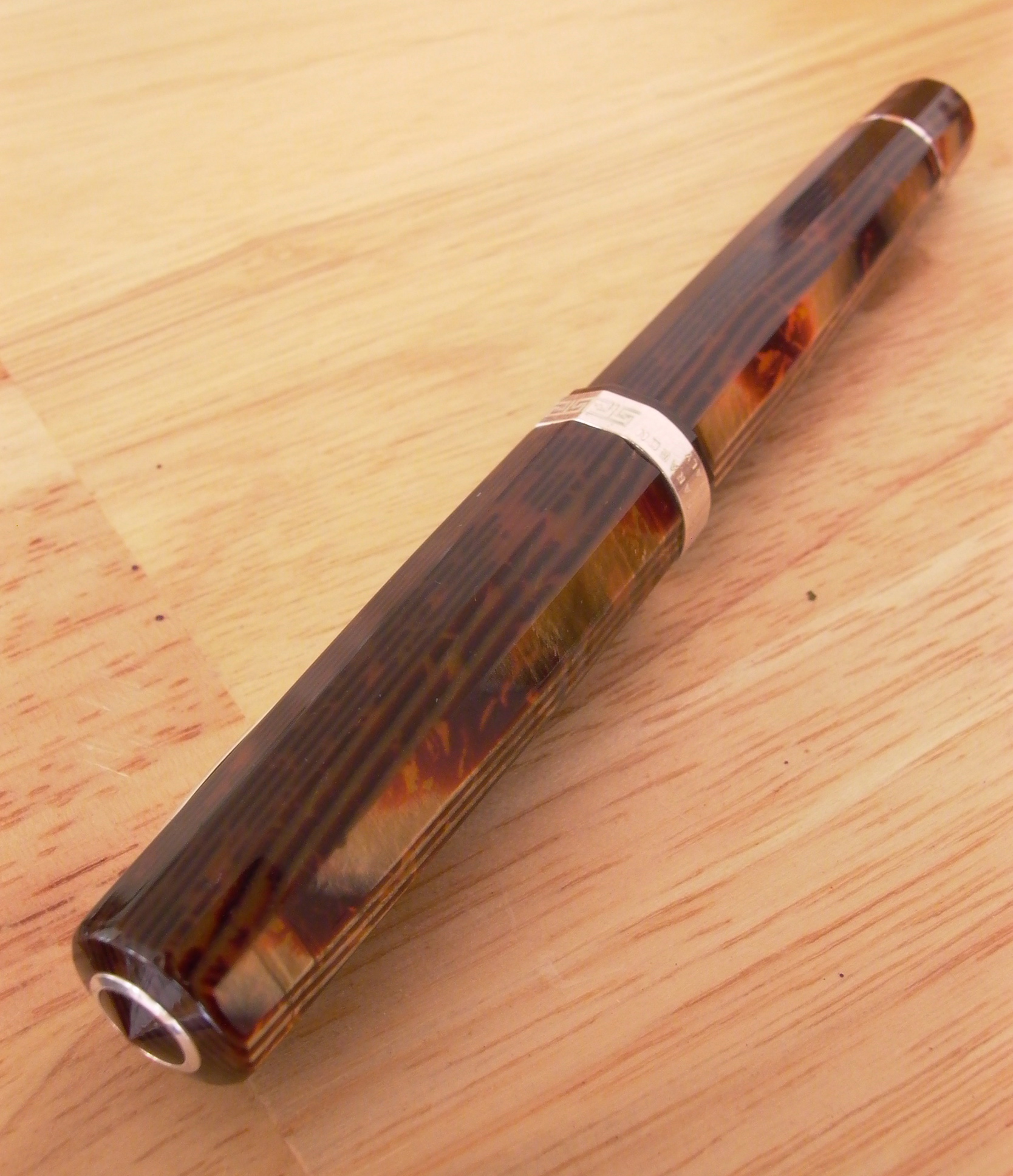|
Pleograph
Pleograph () was an early type of movie camera constructed in 1894, before those made by the Lumière brothers,Maciej Iłowiecki, "Dzieje nauki polskiej", Wydawnictwo Interpress, Warszawa 1981, , p.202 (Polish). by Polish inventor Kazimierz Prószyński. Similarly to the Lumière brothers cinematograph, Prószyński's pleograph has also been used as a projector. The apparatus used a rectangle of celluloid with perforation between several parallel rows of images. Using improved pleograph Kazimierz Prószyński, Prószyński shot first short films showing scenes from the life of Warsaw like people skating on in the park ("''Ślizgawka w Ogrodzie Saskim''" (Rink in Saxon Garden) - 1902). Prószyński later constructed the first hand held camera called an Aeroscope, the first compressed air camera. Studio named after it The first Polish film studio established in Warsaw in 1901 was named after this camera in its Polish language, Polish spelling. Bibliography * Alfred Liebfeld "Po ... [...More Info...] [...Related Items...] OR: [Wikipedia] [Google] [Baidu] |
Kazimierz Prószyński
Kazimierz Prószyński (4 April 1875 – 13 March 1945) was a Polish inventor active in the field of cinematography. He patented his first film camera, called Pleograph, before the Auguste and Louis Lumière, Lumière brothers, and later went on to improve the cinema projector for the Gaumont Film Company, Gaumont company. He was also the inventor of the widely used first hand-held Aeroscope camera. Biography Born in Warsaw, Prószyński was educated in both Poland and Belgium, and was also active in France, England and the United States. He was the grandson of the photographer Stanisław Antoni Prószyński, who had been accused and sentenced by Congress Poland's Imperial Russian Empire, Russian authorities of placing National symbols of Poland, Polish patriotic symbols in the background of photographs. He was also the son of Konrad Prószyński, an active Polish educator, writer and publisher. In 1894, Kazimierz Prószyński built one of the first movie cameras. This Pleograp ... [...More Info...] [...Related Items...] OR: [Wikipedia] [Google] [Baidu] |
Movie Camera
A movie camera (also known as a film camera and cine-camera) is a type of photographic camera that rapidly takes a sequence of photographs, either onto film stock or an image sensor, in order to produce a moving image to display on a screen. In contrast to the still camera, which captures a single image at a time, the movie camera takes a series of images by way of an intermittent mechanism or by electronic means; each image is a ''frame'' of film or video. The frames are projected through a movie projector or a video projector at a specific frame rate (number of frames per second) to show the moving picture. When projected at a high enough frame rate (24 frames per second or more), the persistence of vision allows the eyes and brain of the viewer to merge the separate frames into a continuous moving picture. History A forerunner to the movie camera was the machine invented by Francis Ronalds at the Kew Observatory in 1845. A photosensitive surface was drawn slowly past the aper ... [...More Info...] [...Related Items...] OR: [Wikipedia] [Google] [Baidu] |
Cinematograph
Cinematograph or kinematograph is an early term for several types of motion picture film mechanisms. The name was used for movie cameras as well as film projectors, or for complete systems that also provided means to print films (such as the Lumière). History A device by this name was invented and patented as the " Léon Bouly" by French inventor Léon Bouly on February 12, 1892. Bouly coined the term "cinematograph," from the Greek for "writing in movement."Abel, Richard. Encyclopedia of Early Cinema. 1st ed. London: Routledge, 2004. Due to a lack of money, Bouly could not develop his ideas properly and maintain his patent fees, so the Lumière brothers were free to adopt the name. In 1895, they applied it to a device that was mostly their own invention. The Lumière brothers made their first film, '' Workers Leaving the Lumière Factory'' (''Sortie de l'usine Lumière de Lyon''), that same year. The first commercial, public screening of cinematographic films happened ... [...More Info...] [...Related Items...] OR: [Wikipedia] [Google] [Baidu] |
Lumière Brothers
Lumière is French for 'light'. Lumiere, Lumière or Lumieres may refer to: Buildings * Lumière, a building used by the Bibliothèque publique d'information in Paris, France * Lumiere (skyscraper), a cancelled skyscraper development in Leeds, England * Palais Lumière, cancelled skyscraper in Venice by Pierre Cardin Film and TV Awards and festivals * Lumière Awards, an annual French film awards ceremony * The Lumiere Awards, an annual film awards presented by the Advanced Imaging Society * Lumière Festival, a film festival in Lyon, France ** Lumière Award (film festival award), an award presented at the Lumière Festival Other uses in film and TV * Institut Lumière, a French organization for the preservation of French cinema * Lumière, a List of Disney's Beauty and the Beast characters#Lumi.C3.A8re, character in Disney's ''Beauty and the Beast'' * Lumiere (database), an online database of admission numbers for films released in Europe * Lumière (film), ''Lumière'' (film ... [...More Info...] [...Related Items...] OR: [Wikipedia] [Google] [Baidu] |
Celluloid
Celluloids are a class of materials produced by mixing nitrocellulose and camphor, often with added dyes and other agents. Once much more common for its use as photographic film before the advent of safer methods, celluloid's common present-day uses are for manufacturing table tennis balls, musical instruments, combs, office equipment, fountain pen bodies, and guitar picks. History Nitrocellulose Nitrocellulose-based plastics slightly predate celluloid. Collodion, invented in 1848 and used as a wound dressing and an emulsion for photographic plates, is dried to a celluloid like film. Alexander Parkes The first celluloid as a bulk material for forming objects was made in 1855 in Birmingham, England, by Alexander Parkes, who was never able to see his invention reach full fruition, after his firm went bankrupt due to scale-up costs. Parkes patented his discovery as Parkesine in 1862 after realising a solid residue remained after evaporation of the solvent from photographic c ... [...More Info...] [...Related Items...] OR: [Wikipedia] [Google] [Baidu] |
Warsaw
Warsaw, officially the Capital City of Warsaw, is the capital and List of cities and towns in Poland, largest city of Poland. The metropolis stands on the Vistula, River Vistula in east-central Poland. Its population is officially estimated at 1.86 million residents within a Warsaw metropolitan area, greater metropolitan area of 3.27 million residents, which makes Warsaw the List of cities in the European Union by population within city limits, 6th most-populous city in the European Union. The city area measures and comprises List of districts and neighbourhoods of Warsaw, 18 districts, while the metropolitan area covers . Warsaw is classified as an Globalization and World Cities Research Network#Alpha 2, alpha global city, a major political, economic and cultural hub, and the country's seat of government. It is also the capital of the Masovian Voivodeship. Warsaw traces its origins to a small fishing town in Masovia. The city rose to prominence in the late 16th cent ... [...More Info...] [...Related Items...] OR: [Wikipedia] [Google] [Baidu] |
Aeroscope
Aeroscope was a type of compressed air camera for making films, constructed by Polish inventor Kazimierz Prószyński in 1909 (French patent from 10 April 1909) and built in England since 1911, at first by Newman & Sinclair, and from 1912 by Cherry Kearton Limited. Background Patented in England in 1910 by the Polish inventor Kazimierz Prószyński, Aeroscope was the first successful hand-held operated film camera. It was powered by compressed air pumped before filming into the camera with a hand pump similar to a bicycle pump. A crank was not needed to advance the loaded film unlike other cameras of the time. The camera could then be operated with both hands: holding the camera and controlling the focus. This made it possible to film with the Aeroscope hand-held in difficult field circumstances, from airplanes, and for military purposes. The Aeroscope carried of 35mm film and, once pressurised, could work with no further pumping for up to 10 minutes. The Aeroscope was kn ... [...More Info...] [...Related Items...] OR: [Wikipedia] [Google] [Baidu] |
Compressed Air
Compressed air is air kept under a pressure that is greater than atmospheric pressure. Compressed air in vehicle tires and shock absorbers are commonly used for improved traction and reduced vibration. Compressed air is an important medium for the transfer of energy in industrial processes and is used for power tools such as air hammer (fabrication), air hammers, Jackhammer, drills, power wrench, wrenches, and others, as well as to atomize paint, to operate air cylinders for automation, and can also be used to propel vehicles. Brakes applied by compressed air made large railway trains safer and more efficient to operate. Compressed air brakes are also found on large highway vehicles. Compressed air is used as a breathing gas by underwater diving, underwater divers. The diver may carry it in a high-pressure diving cylinder, or surface supplied diving, supplied from the surface at lower pressure through an air line or diver's umbilical. Similar arrangements are used in breathing ap ... [...More Info...] [...Related Items...] OR: [Wikipedia] [Google] [Baidu] |
Film Studio
A film studio (also known as movie studio or simply studio) is a major entertainment company that makes films. Today, studios are mostly financing and distribution entities. In addition, they may have their own studio facility or facilities; however, most firms in the entertainment industry have never had their own studios, but have rented space from other companies instead. Day-to-day filming operations are generally handled by a production company subsidiary. Another type of company is an independently owned studio facility, which does not produce motion pictures by itself; such facilities only sell studio space. Beginnings In 1893, Thomas Edison built the first movie studio in the United States: he constructed the Black Maria, a tarpaper-covered structure near his laboratories in West Orange, New Jersey, and he asked circus, vaudeville, and dramatic actors to perform for the camera. He distributed these movies at vaudeville theaters, penny arcades, wax museums, and fair ... [...More Info...] [...Related Items...] OR: [Wikipedia] [Google] [Baidu] |
Polish Language
Polish (, , or simply , ) is a West Slavic languages, West Slavic language of the Lechitic languages, Lechitic subgroup, within the Indo-European languages, Indo-European language family, and is written in the Latin script. It is primarily spoken in Poland and serves as the official language of the country, as well as the language of the Polish diaspora around the world. In 2024, there were over 39.7 million Polish native speakers. It ranks as the sixth-most-spoken among languages of the European Union. Polish is subdivided into regional Dialects of Polish, dialects. It maintains strict T–V distinction pronouns, Honorifics (linguistics), honorifics, and various forms of formalities when addressing individuals. The traditional 32-letter Polish alphabet has nine additions (, , , , , , , , ) to the letters of the basic 26-letter Latin alphabet, while removing three (x, q, v). Those three letters are at times included in an extended 35-letter alphabet. The traditional set compri ... [...More Info...] [...Related Items...] OR: [Wikipedia] [Google] [Baidu] |
History Of Film
The history of film chronicles the development of a visual art, visual art form created using history of film technology, film technologies that began in the late 19th century. The advent of film as an artistic medium is not clearly defined. There were earlier cinematography, cinematographic screenings by others like the first showing of life sized pictures in motion 1894 in Berlin by Ottomar Anschütz; however, the commercial, public screening of ten Auguste and Louis Lumière, Lumière brothers' short films in Paris on 28 December 1895, can be regarded as the breakthrough of projected cinematographic motion pictures. The earliest films were in black and white, under a minute long, without recorded sound, and consisted of a single shot from a steady camera. The first decade saw film move from a novelty, to an established mass entertainment industry, with film production companies and studios established throughout the world. Conventions toward a general cinematic language develo ... [...More Info...] [...Related Items...] OR: [Wikipedia] [Google] [Baidu] |








